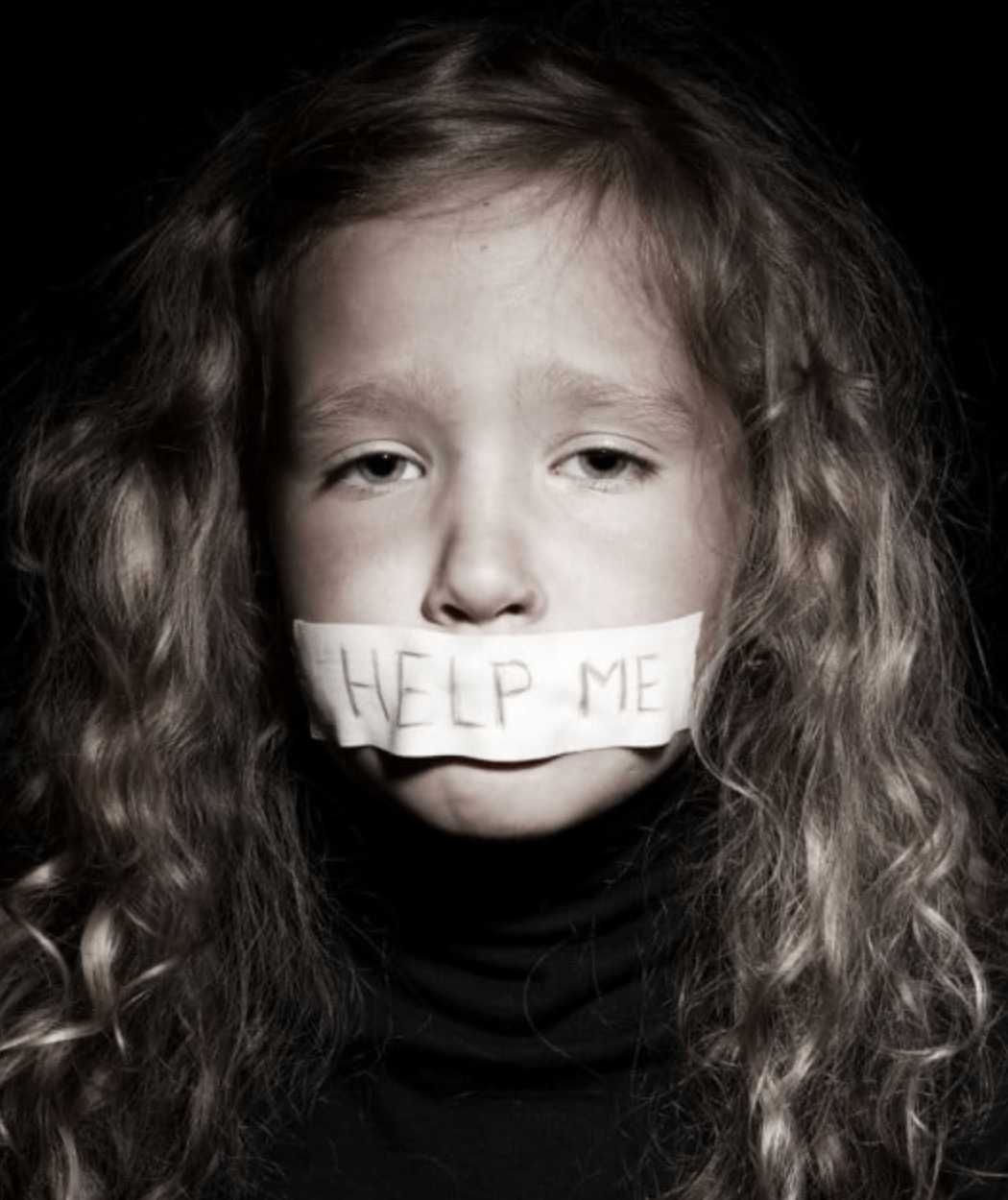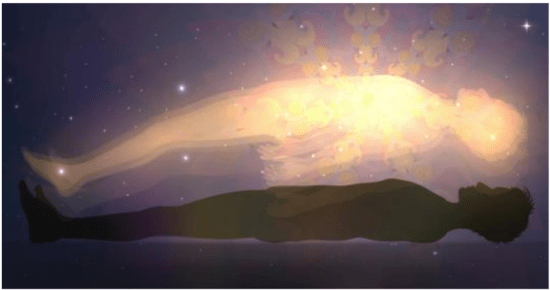The LDS Church’s response is a blatant denial, a victim-blaming attitude, and bizarre assertions about all the wonderful things we’ve done to stop a problem that, did we mention, never existed among our people in the first place.
It has started a small firestorm.
The declaration was reportedly first prepared in 2010 by Von G. Keetch, who at the time served as the Church’s top outside legal advisor and is now a Seventy. In numerous instances involving child and sexual abuse, Elder Keetch has defended the Church.
We would believe that with his background, he is qualified to discuss the issues with child abuse that the LDS Church, like many other religious institutions, has faced openly. It is obvious that there is a serious problem when the state of Utah, which is primarily populated by Mormons, is ranked fifth in the nation for child abuse cases and first for child sexual abuse.

However, based on the statement, you wouldn’t know that. Several clever lines:
“No religious organization has done more” to stop abuse and take action.
“The Church’s method is the benchmark.”
“The Church has almost no child abuse issues with its clergy, despite the fact that cases of clergy abuse continue to make headlines.”
Really? That’s where we’re headed, right?
The rest of society is in jeopardy if Mormons are establishing the “gold standard” for how to deal with child abuse.
Why is the Church making this assertion again now? My best guess is that the Church has been placed on the defense by the worrisome case of San Diego abuser “Mr. Wonder,” which has been in the headlines over the past week. When authorities in Louisiana issued a warrant for his arrest in 1979 due to allegations of child sex abuse, this man fled the state. He first evaded capture in Brazil and then in California for almost four decades.
Since he changed his name and created a totally new identity after departing Louisiana, I’m not sure how the LDS Church in California could be expected to be aware of this man’s history and punish him for it. It doesn’t seem fair to me to say that the Church handled this poorly.
But the real question is: what would the Church have done if it had been aware of this case’s history? We have reason to be concerned since there have been several instances of local LDS leaders pushing issues under the rug despite the fact that they lack professional training in dealing with child and sexual abuse, unlike other clergy members.
The “Effectiveness” assertion is particularly strange because it contains several important factual errors. These are listed in detail in a great response on Feminist Mormon Housewives, but allow me to highlight a few of the most obvious mistakes.
No, the leaders in this are not Mormons. It’s unfortunate that an LDS statement would claim that “child abuse by clergy may be an issue in other religions, but it’s never a problem with us, no sir! And if it were, our church would take care of it using only the best procedures and rules.
This is simply offensive. We lag far behind many other religions in this regard: The 2012 PC(USA) policy statement, “We Won’t Let It Happen Here: Creating a Child Safe Church,” which builds on past General Assembly resolutions dating back to 1991, can be seen here. This is Reform Judaism’s stance. The ELCA’s Child Protection Policy is available here. Even the loosest of confederations, the Southern Baptists, have now enacted a coordinated child abuse policy. We could go on and on about how other religions are proactively tackling this issue.
Take note of one recommendation made by each of these religions to strengthen child protection: background checks for everyone who interacts frequently with children and adolescents. Mormon authorities have not yet adopted this strategy.
No, “preventing and responding to child abuse” are not “the subject of a regular lesson during Sunday meetings.” Where exactly does this claim come from? I’ve never attended a church gathering where the topic was learning the warning signs of abuse, helping victims, keeping track of cases, and alerting the police. Furthermore, I can’t find this in our Sunday school curriculum.
No, there isn’t a rule that says an adult male can never be left alone with a child. The alleged “two-deep” approach boasted of in the “Effectiveness” statement isn’t addressed anywhere in the 2010 church manual for bishops and stake presidents, which in fact stipulates that “worthiness interviews should be private” (7.1.1). Parents are advised “to stay close to their children and counsel them,” according to the section for youth, but it’s unclear whether this advice applies specifically to a teen’s worthiness interview with the bishop or is just general advice about parents being involved in their children’s lives (7.1.7).
I rarely see Mormon parents accompany their children to their yearly interviews; if this has started to happen, that’s great news, and I’d love to learn more about it. (This stirring article at Doves and Serpents discusses how ineffective youth interviews may be and makes specific suggestions for improvement.)
No, we don’t always contact law enforcement. On the contrary, several of the examples of Mormon abusers that have been proven show church authorities failing to report the abuse and advising victims to handle it alone, if at all. That, for instance, is one of the most unsettling aspects of the Frank Curtis case. There is no evidence that Curtis’ abuse and pedophilia, which led to his excommunication, were reported by LDS leaders to the police. Even worse, when Curtis was later re-baptized after appearing contrite, he was granted a new calling working with kids!
Overall, I find it odd that the “Effectiveness” statement insists on the one hand that there is nothing to see here and that abuse occurs rarely or never in the Church while insisting just as loudly on the other that LDS authorities have addressed the issue dozens or even hundreds of times from the pulpit.
The second part of that statement is true: even a quick scan of the General Conference archives reveals the dramatic increase in reports of abuse starting in the 1980s.
However, the truth is that problems only receive that much attention when they truly exist as problems. The reason why Mormon leaders have started talking about child abuse more isn’t because it’s a hypothetical problem affecting people in distant, supposedly lesser religions; rather, it’s because the issue is currently present right in our own community. Our sheep are not safe from wolves.
I would want to hear the Church make a different kind of statement, one that recognizes the genuine suffering experienced by abuse survivors.
One that declares, “Yes, we recognize there have been significant issues in the past; therefore, we are implementing the best practices listed below, which have been gleaned from the knowledge that contemporary psychologists, social workers, religious figures, and police have to offer.”
Instead, this assertion offers outright denial, a victim-blame mindset, and implausible assertions about all the wonderful things we’ve done to stop a problem that, did we mention, never existed among our people in the first place.
After publishing this, I learned that the Newsroom has recently included the following qualification to this assertion:
The article that follows was released in 2010. According to several bloggers, the Church’re-released’ this article on February 1st, 2016. The article wasn’t meant to be published again. Some older articles have been displaying the current date due to a technical issue with the website. Some people naturally believed that this was a recent release from the Church as a result of that problem.




